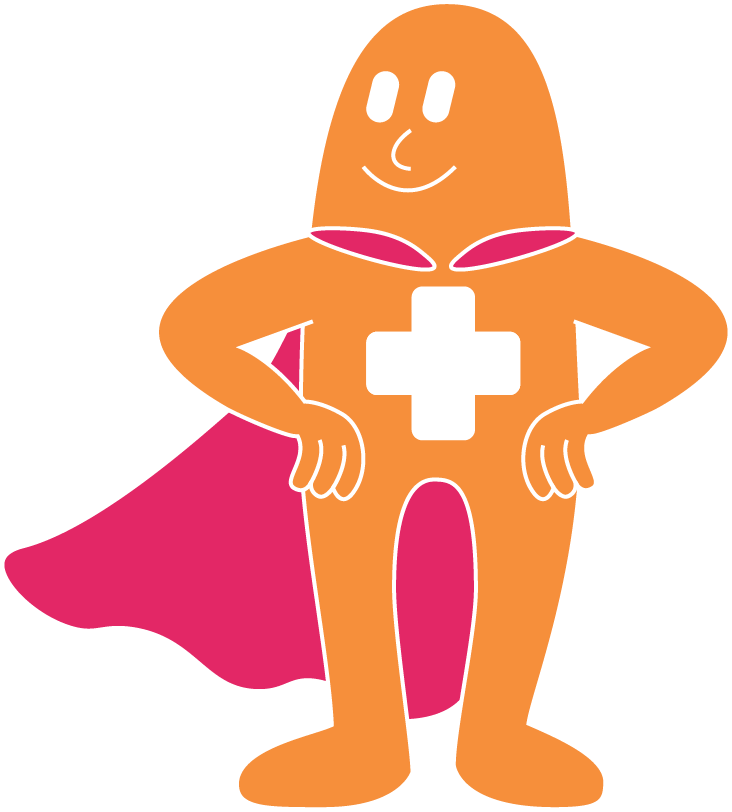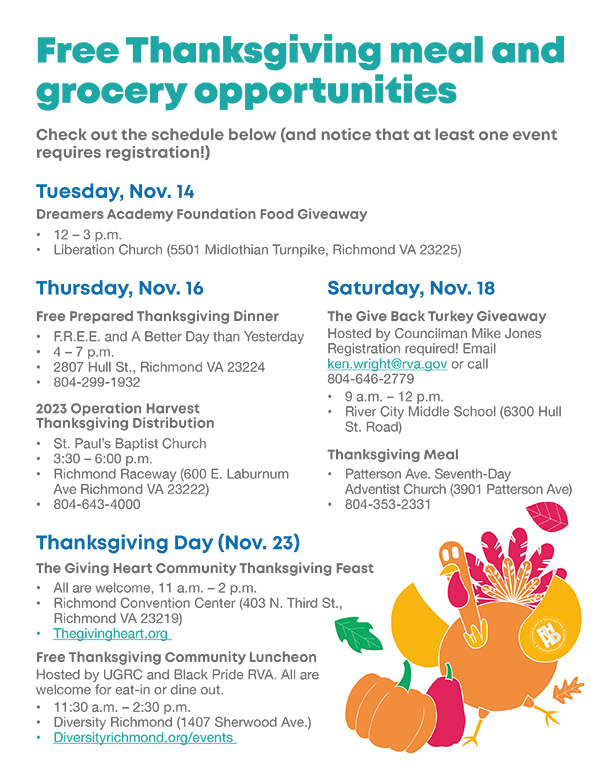On Monday, July 26, Richmond joined more than 200 other localities across the US to declare racism a public health crisis. By unanimous decision, Richmond City Council adopted the declaration and committed not only to acknowledging disparities and injustices but to becoming an actively anti-racist government that centers racial justice work in all aspects of its work. This is a huge step for our city, though the declaration itself is only a symbol that will need to be followed by bold and consistent action in order to create real change.
Systemic racism in Richmond has taken an enormous toll on the health of Black residents for generations and persists in countless ways today. The Center on Society and Health at VCU found that residents of low-income Black communities in the East End of Richmond have a life expectancy that is 20 years shorter on average than White residents in wealthy West End neighborhoods. Black residents are also at far greater risk of experiencing pregnancy complications and premature birth, chronic disease, housing and food insecurity, asthma, violence, and personal and community trauma, among many other challenges. Recent data also shows that Black residents of Richmond accounted for 62% of the city’s COVID-19 cases, though they make up only 47% of the city’s population.
These health disparities are primarily caused not by residents’ behavior and choices but by the social determinants of health: the underlying conditions that determine a person’s ability to be healthy and well, such as safe housing and neighborhoods, education and job opportunities, healthcare access and quality, and systemic and overt racism. Richmond and Henrico Health Districts are committed to doing as much as we can to dismantle the systems that help racism, trauma, and health disparities to persist.
In April, when racism was declared a public health crisis in Virginia, our Director of Health Equity, Jackie Lawrence, outlined some calls to action for RHHD as we deepen our health equity and racial justice work. Here’s what Jackie outlined as the kind of work you can expect from RHHD, and we welcome opportunities to talk and partner with you on the road ahead:
We will name and respect the collective trauma we continue to experience. We cannot expect ourselves to operate outside of these authentic, very visceral emotions, and our work will get heavier as we move further into confronting racism and systemic injustice in our work. RHHD is working to normalize a culture that encourages staff to take time to process their emotions, whether it is taking a day off or taking 15 minutes to breathe between meetings. We encourage our partners to promote this culture of empathy and self-care within their workplaces as well.
We will challenge ourselves and each other every day to ask hard questions without being afraid of the conversations and changes that will follow. “What does health and wellness truly mean to me, and to the communities we serve?” “Have I made space to address my own healing so that I can better serve the community?” “How has my position or department upheld the inequities I have read about or experienced?” We will also continue to rely on partners and community members to hold a mirror up for us and help us see when we need to rethink our philosophy or approach.
We will become the kind of agency that radically imagines, plans, and implements systems changes that can remove obstacles, ensure resilience, and highlight joy in communities of color. Institutional racism has prevented people of color from accessing high-quality, culturally responsive care and resources for generations, and these disparities result in deep harm and trauma, including the increase in gun violence we have seen in recent weeks. This work is difficult, but it is essential, and we are ready to do whatever we can.
Richmond is the first locality in Virginia to declare racism a public health crisis. Along with the declaration, City Council has committed to reviewing policies through an anti-racist lens; requiring anti-racism training for city officials and employees; and creating a task force to establish a police oversight and accountability board. RHHD is proud to partner in this work and is eager to see how Richmond’s anti-racist efforts continue to expand and evolve following this powerful declaration.




